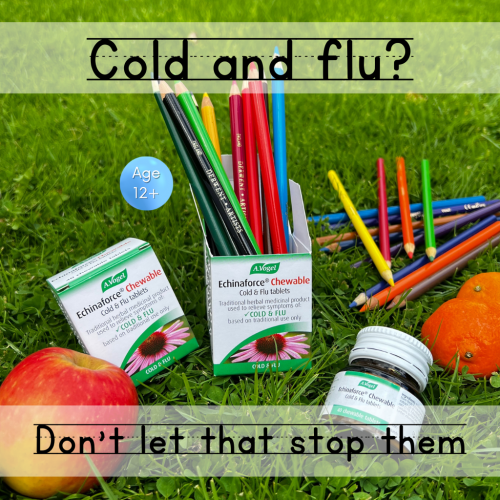
How Echinacea can help end the cycle of constant colds.
For many children, the start of a new school year means the beginning of a seemingly endless cycle of coughs, colds, sore throats and ear infections.
Plenty of fresh air, sleep and healthy eating are sometimes not enough to put things right, especially if a child’s natural resistance is low or has been reduced by repeated antibiotic treatments.
Many children have weakened immune systems and succumb to repeated infections once they start school or nursery.
Whilst young immune systems need challenges to help them mature, a weakened system will not benefit from constant illness or exposure to antibiotics.
Echinacea works just as well for children as it does for adults. It supports the immune system, improving the way the white blood cells identify and attack invading pathogens, such as bacteria and viruses, so helping the child fight off infections, colds and flu.
Don’t get sniffles in the way of going back to school!



